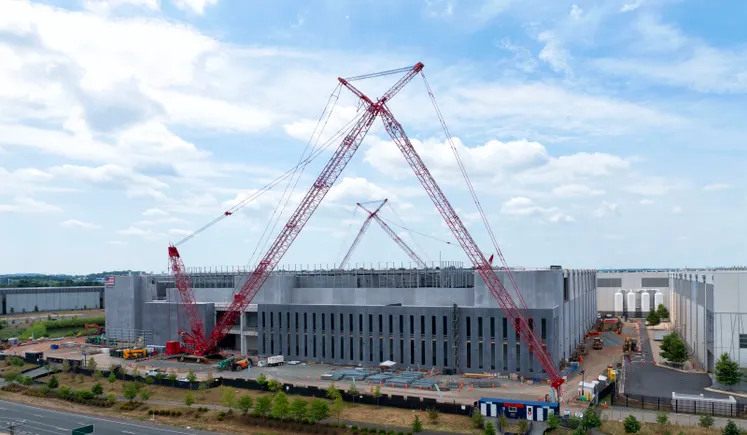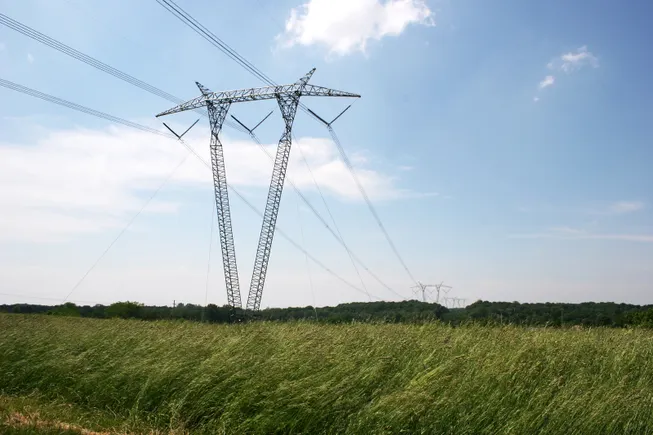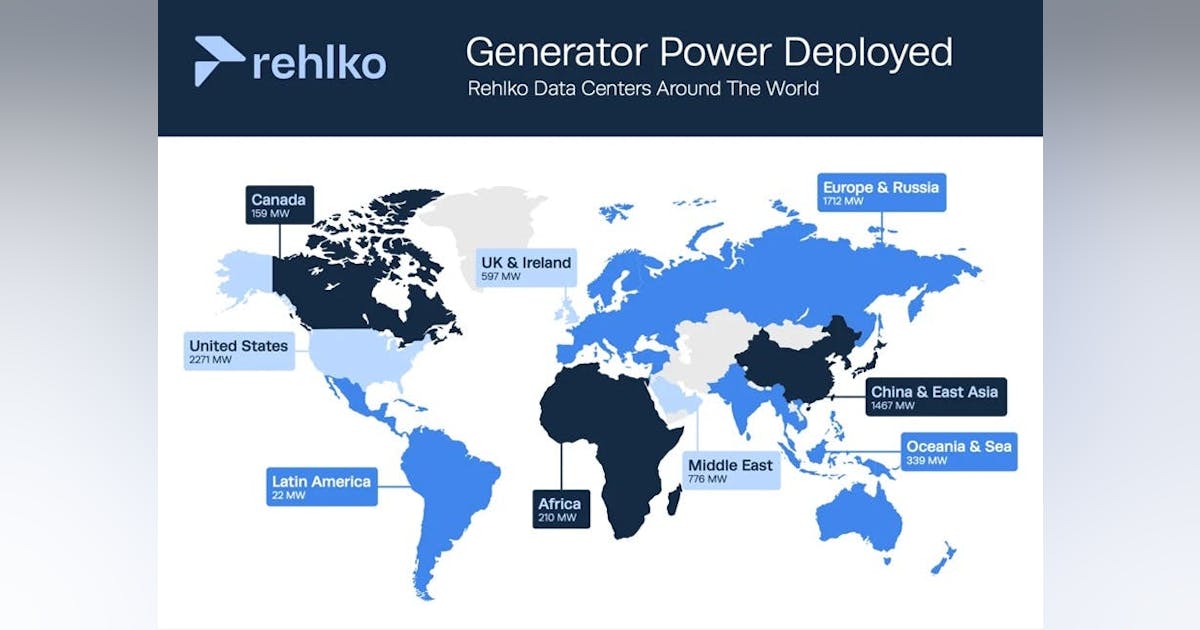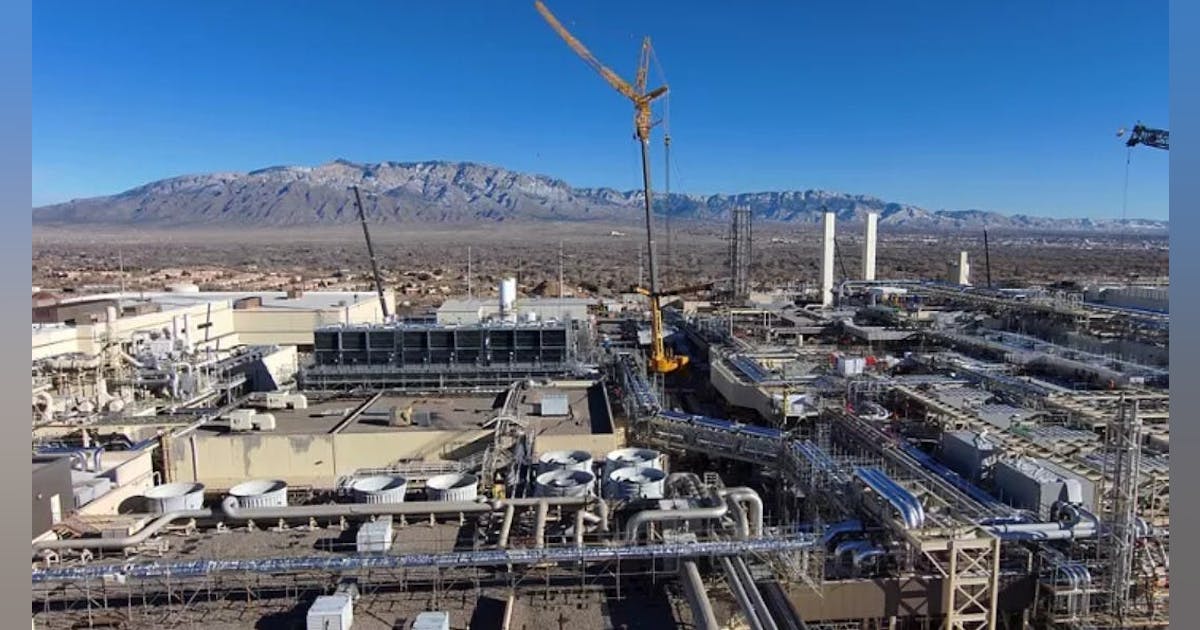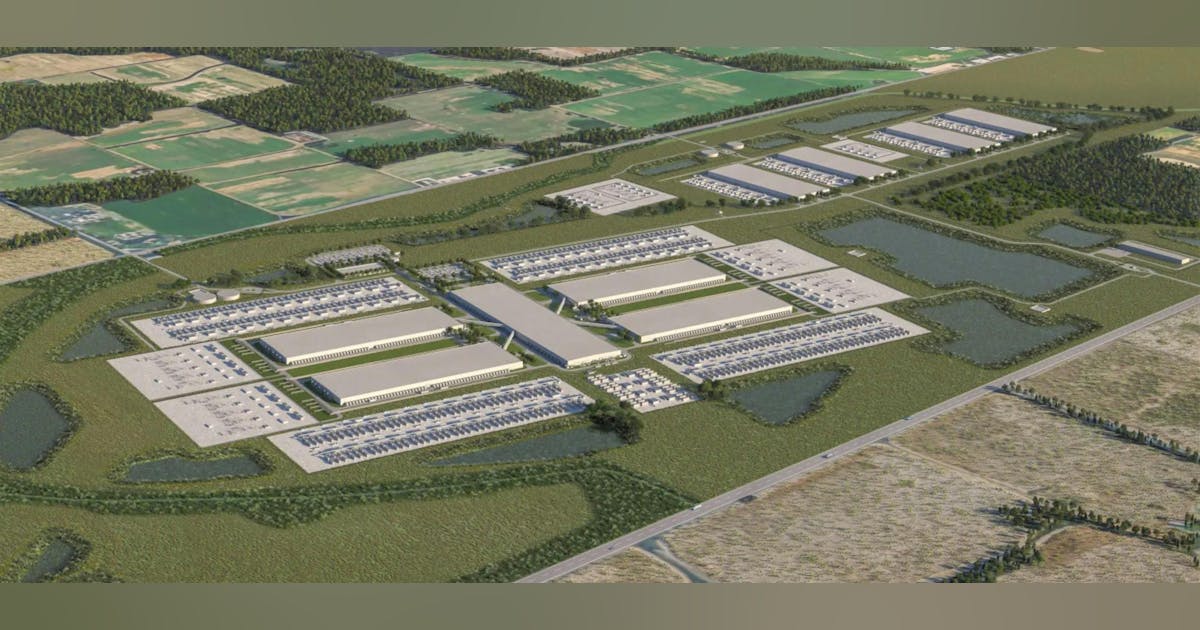
Most research participants also told us they need to improve visibility into their data center network fabrics and WAN edge connectivity services.
(See also: 10 network observability certifications to boost IT operations skills)
The need for real-time data
Observability of AI networks will require many enterprises to optimize how their tools collect network data. For instance, most observability tools rely on SNMP polling to pull metrics from network infrastructure, and these tools typically poll devices at five minute intervals. Shorter polling intervals can adversely impact network performance and tool performance.
Sixty-nine percent of survey participants told EMA that AI networks require real-time infrastructure monitoring that SNMP simply cannot support. Real-time telemetry closes visibility gaps. For instance, AI traffic bursts that create congestion and packet drops may last only seconds, an issue that a five-minute polling interval would miss entirely. To achieve this level of metric granularity, network teams will have to adopt streaming network telemetry. Unfortunately, support of such technology is still uneven among network infrastructure and network observability vendors due to a lack of industry standardization and a perception among vendors that customers simply don’t need it. Well, AI is about to create a lot of demand for it.
In parallel to the need for granular infrastructure metrics, 51% of respondents told EMA that they need more real-time network flow monitoring. In general, network flow technologies such as NetFlow and IPFIX can deliver data nearly in real-time, with delays of seconds or a couple minutes depending on the implementation. However, other technologies are less timely. In particular, the VPC flow logs generated by cloud providers are do not offer the same data granularity. Network teams may need to turn to real-time packet monitoring to close cloud visibility gaps.
Smarter analysis for smarter networks
Network teams also need their network observability tools to be smarter about AI networks. For example, 59% want their tools to identify AI applications in network traffic. This will allow them to monitor AI application performance, optimize network for AI traffic, and detect rogue AI adoption.







